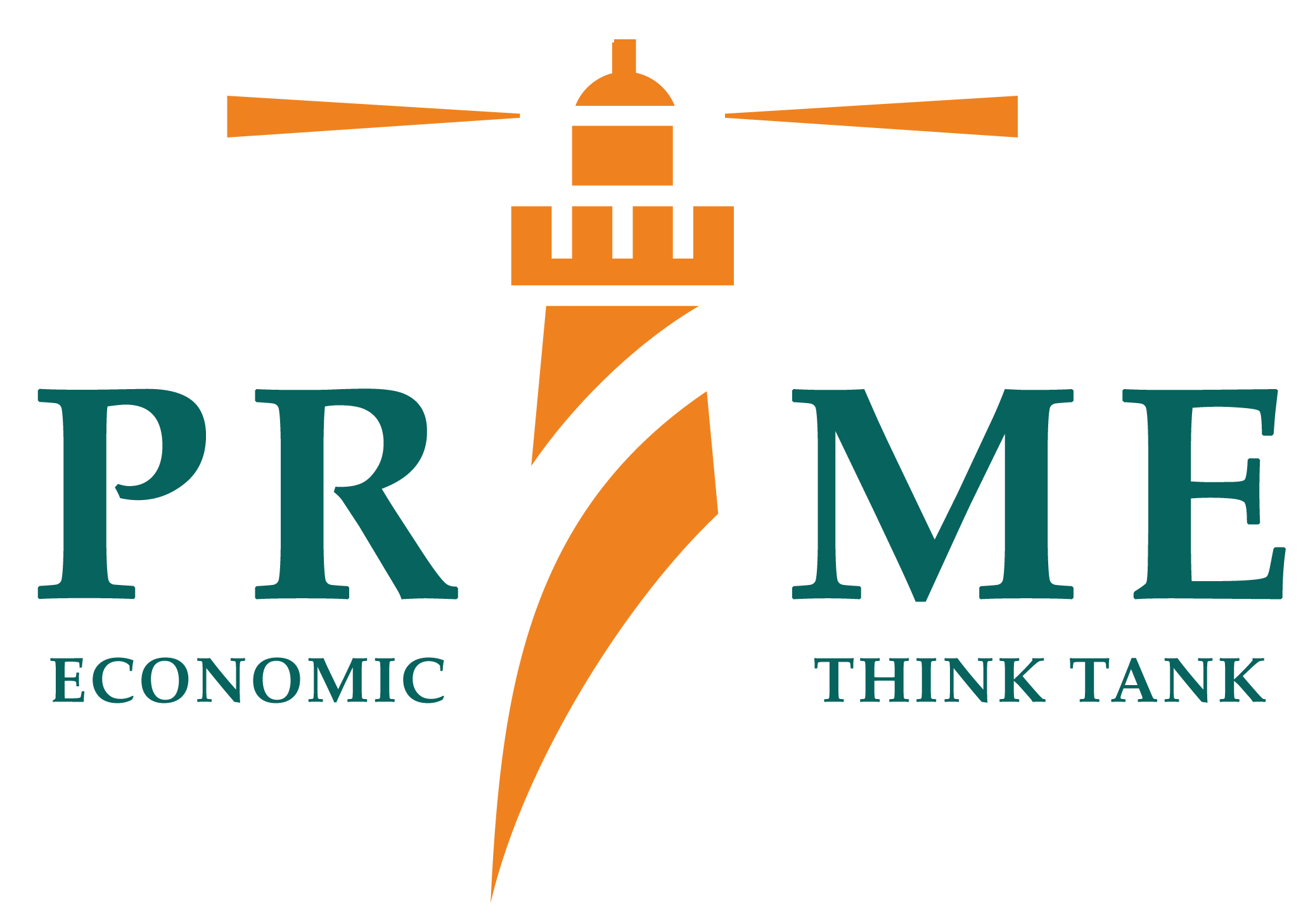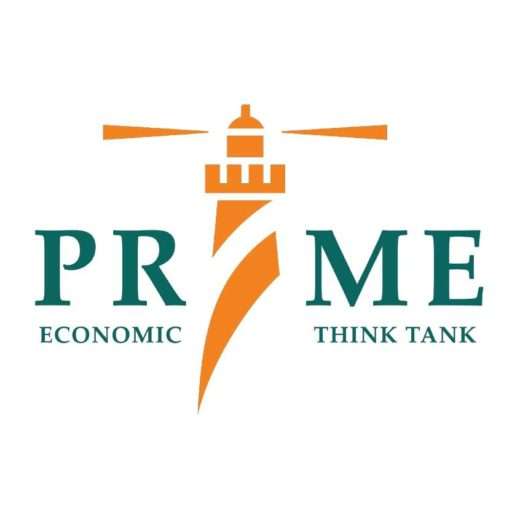Pakistan and the European Union under GSP+
Pakistan was awarded the GSP+ status on 1st of January 2014 that aimed at promoting economic stability and good governance in the country. The status, which expires in December 2023, provides full removal of duties on most of the European Union’s tariff lines and is subject to compliance with 27 International Conventions. Although Pakistan’s exports to the EU since 2013 have increased by almost 46.6% (FY 13’ to FY 22’) which stand at USD 7.6 billion (10 months) in 2022 and are projected to increase to USD 8.3 billion by the end of FY 22’ (excluding the UK), the country’s compliance with and performance of the 27 mandatory conventions remain inconsistent.
The analysis in this report disaggregates Pakistan’s bilateral trade with the EU in two periods– 2007-2013 and 2014-2022. The findings indicate that Pakistan’s exports to the EU have increased from an aggregate USD 37 billion (2007-13) to an aggregate USD 66 billion (2014-2022); compared to its exports to the world i.e. from an aggregate USD 150 billion to USD 217 billion in the same period.
Although cumulative exports to EU between these two periods have increased by almost 78.4% (as compared to growth in exports to the world in same period i.e. by almost 44.7%), Pakistan’s exports to the EU since FY13’ (before the start of GSP+) have risen at a relatively slow pace i.e. by approximately 46.6% (FY22’).
The proportion of Pakistan’s exports to the EU in total exports has also increased from 24.6% (2007-13’) to 30.1% (2014-22’) as compared to other major export destinations including China (6.4% to 8.6%) and USA (17.8% to 17.9%) in same eras.
Moreover, Pakistan faces immense competition from its regional competitors like Bangladesh, which enjoyed a 25% share in EU’s imports among GSP beneficiaries in 2018 followed by India (24%), Vietnam (14%), and Indonesia (10%). Although Pakistan had a 9% share in EU’s imports among GSP beneficiaries in the same year, Bangladesh has a higher Revealed Comparative Advantage in textiles – a major sector under GSP+ status.
This report provides an overview of Pakistan’s trade performance under the GSP+ status and implementation of International Conventions. Pakistan’s GSP+ utilization rate has been high i.e. 96.5%. With that, proportion of EU’s total trade with Pakistan among other GSP+ beneficiaries is comparatively better i.e. 0.3%. However, the GSP+ utilization rate could be further increased through exhausting tariff lines that constitute a higher proportion of EU’s imports including Chapters 42, 61, 62 and 63.
In the absence of this preferential status, Pakistan would have to bear an MFN tariff of 12% under most traded chapters (42 and 61 to 63). For Pakistan to remain in the scheme for 10 more years, it must ratify and implement 5 new conventions in addition to the previous 27. Additionally, for a better approach, it should start negotiating with the EU on tariff lines not falling under the GSP+ preferential status for the next GSP+ agreement.
Click below to read full report:
Pakistan and the European Union under GSP+
For inquiries, please contact info@primeinstitute.org or call at 03330588885.


